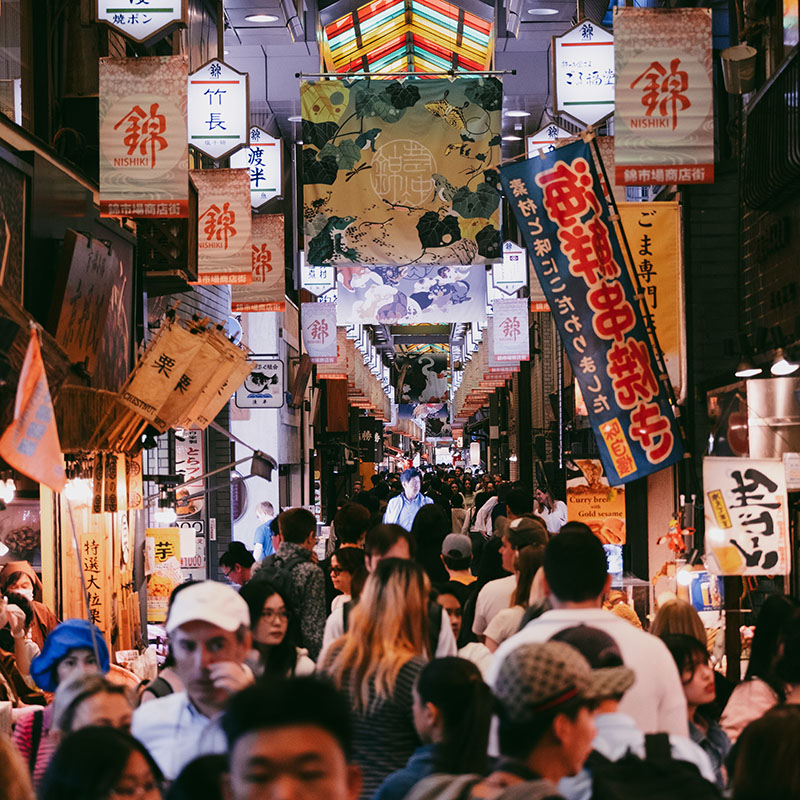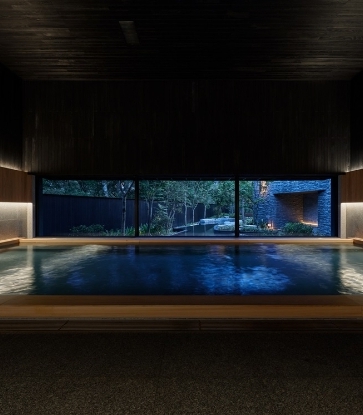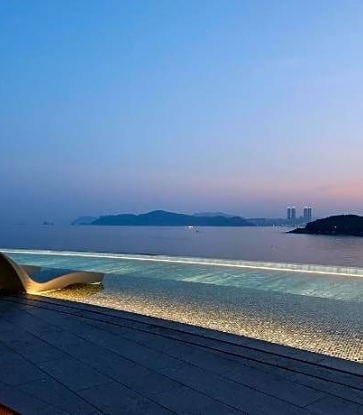Gion is widely recognized as one of Kyoto’s most iconic districts, known for its geisha culture and well-preserved streetscapes of teahouses, shops and restaurants. In recent years, the area has witnessed a rise in international visitors, raising concerns about overtourism and its impact on daily life. Yet despite the crowds, Gion remains a neighborhood with a strong local spirit, where people live and work. Visitors can still find opportunities to experience the area’s authentic heritage, along with MICHELIN Guide restaurants and hotels that honor its historical character and traditions.
Gion is located on the eastern side of central Kyoto, bordered by the Kamogawa River and the Yasaka Shrine area in Higashiyama. Though Gion and Higashiyama are two different districts, their proximity and shared atmosphere of history and culture often blur the lines between them. Gion is also Kyoto’s best-known geisha district, home to geiko (as they are called in Kyoto) and their maiko apprentices. Theirs is a world of elegance, discipline and hospitality, imbued with an intangible, almost elusive aura.
Gion’s origins date back to the Middle Ages, starting as a rest stop for pilgrims visiting Yasaka Shrine. Over time, inns and taverns gradually evolved into teahouses, establishing Gion as a hanamachi, or geisha district. By the mid-1700s, it had become a center of refined entertainment. (Gion actually contains two geisha districts: Gion Kobu, the larger, and Gion Higashi.)
These highly skilled performers are trained in singing, dancing, witty conversation and playing traditional instruments, all while dressed in exquisite kimono. Traditionally, the geiko's role was to create a relaxing environment for wealthy clients, a world beyond the reach of most people. Fortunately, these days there are opportunities for visitors to meet geiko and watch them perform in Gion. If you spot a geiko or maiko on the streets of Gion, however, resist the temptation to follow or photograph them—respect them as busy professionals.
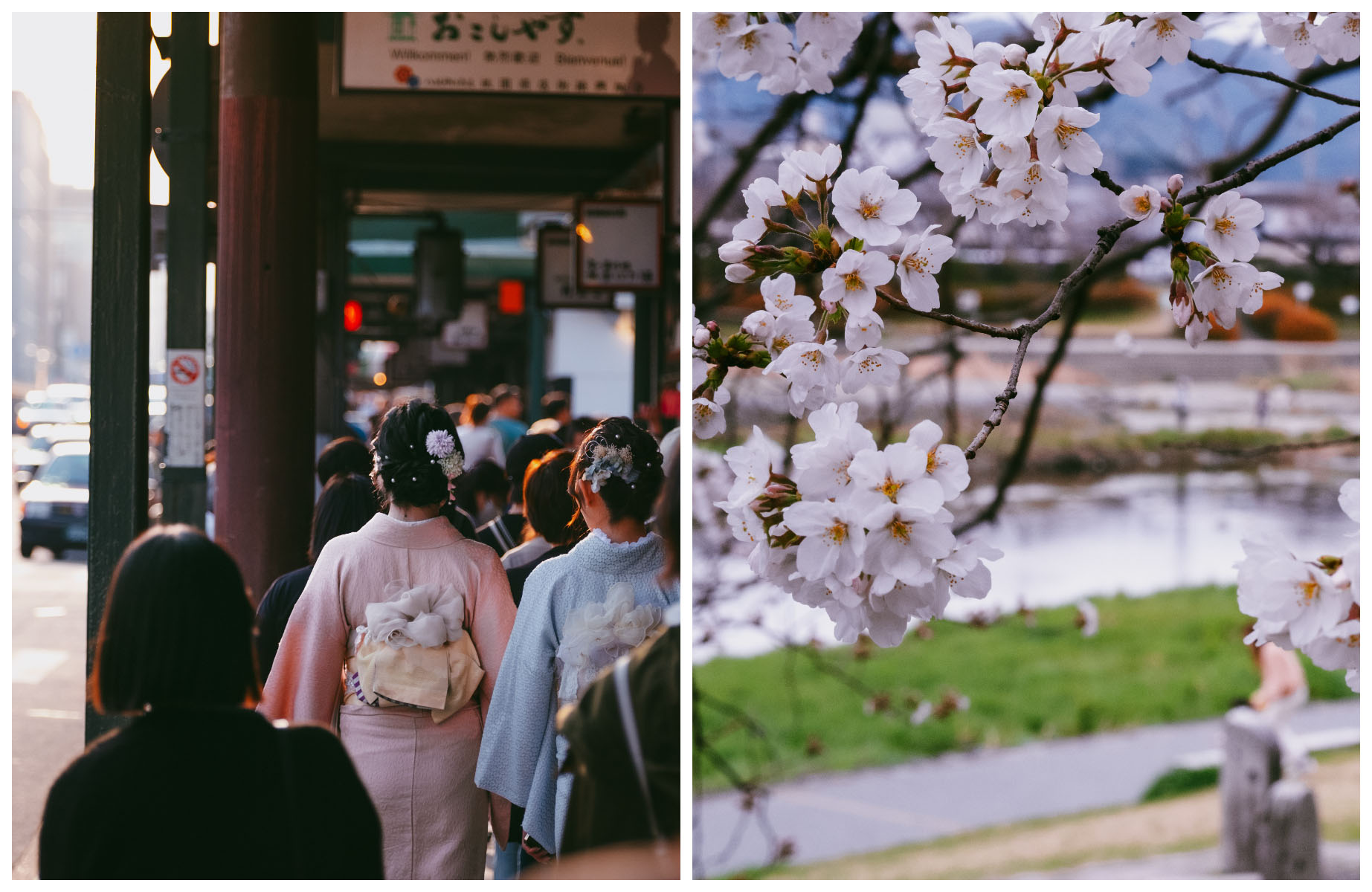
New Light on Old Traditions
Tomohiro Kanda is president of Kanda Bamboo Crafts, a fourth-generation family business on Ninenzaka Street in Kyoto’s Higashiyama district. The shop occupies the first floor of a 100-year-old building, with the second floor housing a tearoom offering authentic tea ceremony experiences. Kanda also chairs Koto ni Moeru Kai, a group of local shop owners and residents dedicated to preserving and enhancing the historic Ninenzaka and Ichinenzaka shopping streets, situated between Yasaka Shrine and the stone-paved approach to Kiyomizu-dera Temple.
“As the number of visitors increases, their needs evolve,” says Kanda. “It’s essential not only to preserve the historical atmosphere but to adapt and grow, balancing the needs of local residents and visitors alike. We hold some 10 community development study sessions per year, in which residents, urban planning consultants, students and Kyoto City Hall staff come together to discuss regional issues and work toward resolving them.”
One example is addressing tourism-related waste by putting out trash cans and managing waste collection through the local shopping association. These efforts are particularly helpful for visitors unfamiliar with Japan’s custom of taking trash home. The Koto ni Moeru Kai aims to foster communication between locals and visitors, supporting an evolving community while honoring its cultural legacy.
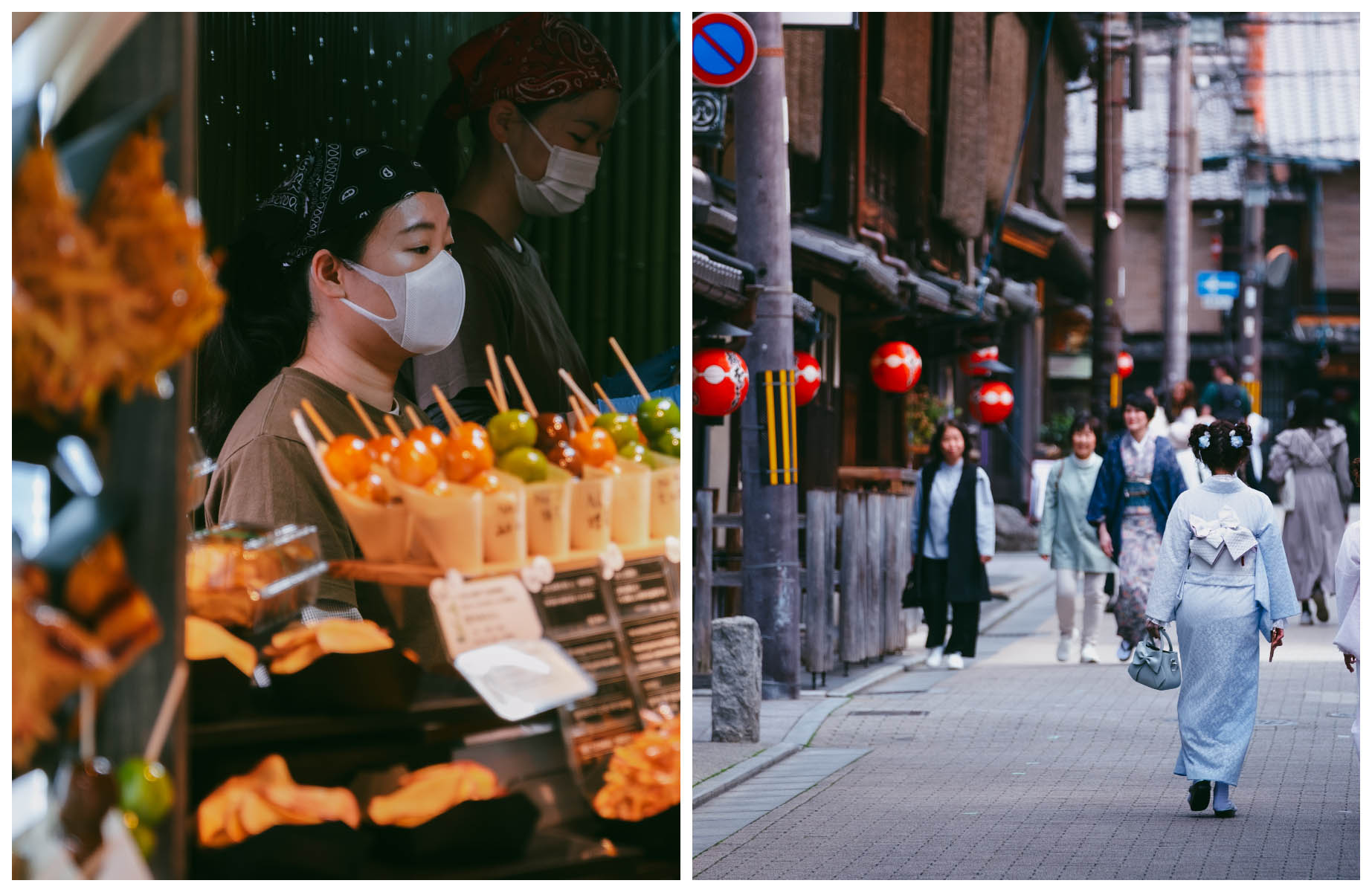
Where to Stay
Gion is the perfect location to savor the quintessential Japanese brand of hospitality born from the culture of the ryokan — a traditional inn. This can take many forms, from traditional accommodation to more modern interpretations.

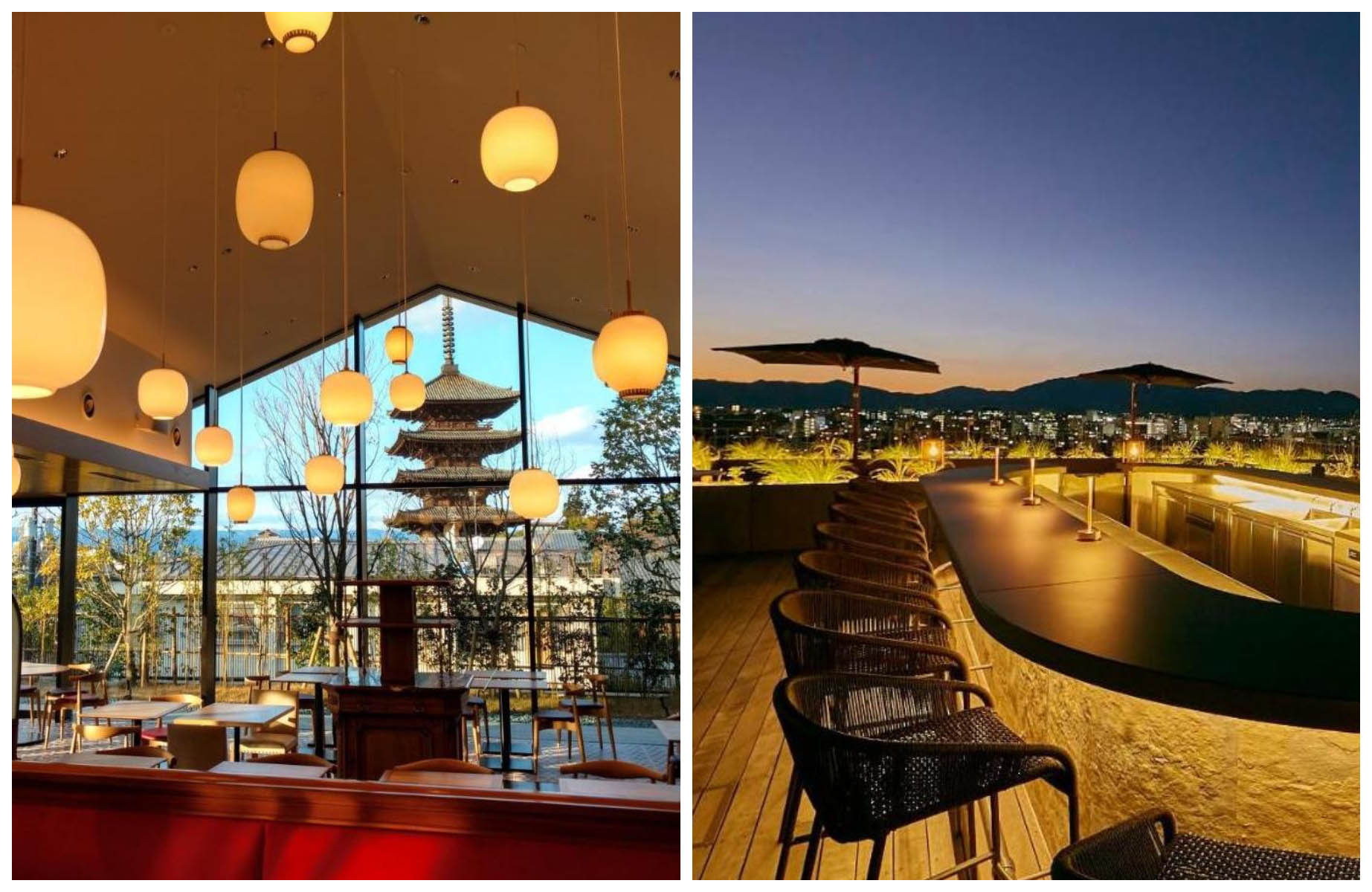
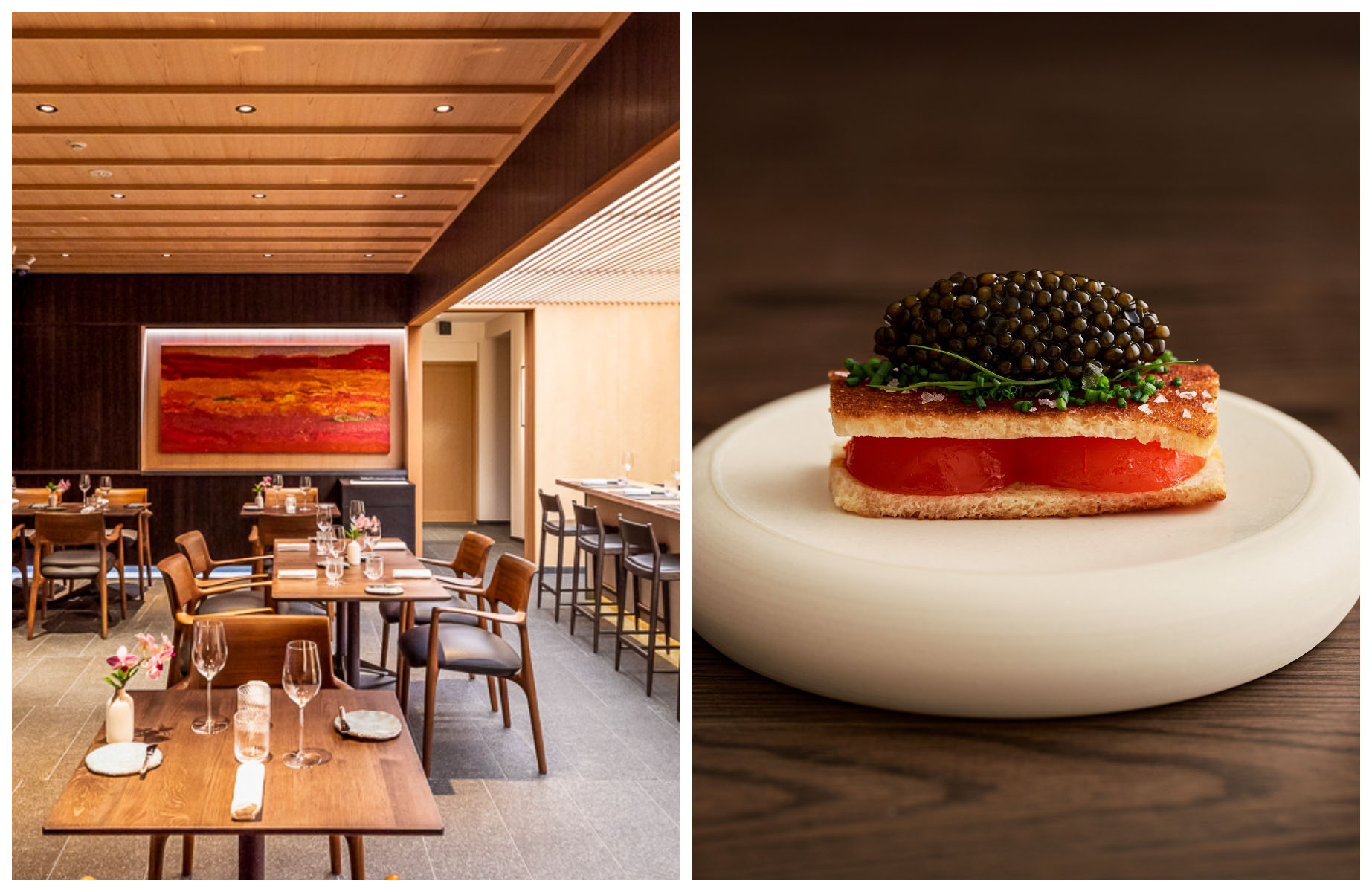
Where to Eat
While you can find a multitude of dining options, why not take the opportunity to try cuisine with historical roots during your time in Gion? Beautifully presented multi-course kaiseki meals were typically served in ochaya (teahouses) during geisha performances, with both food and entertainment reflecting seasonality, elegance and attentive hospitality — values that define still define Gion’s cultural sophistication. Today, Kyoto-style kaiseki — known as Kyokaiseki — showcases the natural flavors of fresh ingredients, relying on subtlety rather than heavy seasoning, true to the traditions of Kyoto cuisine.
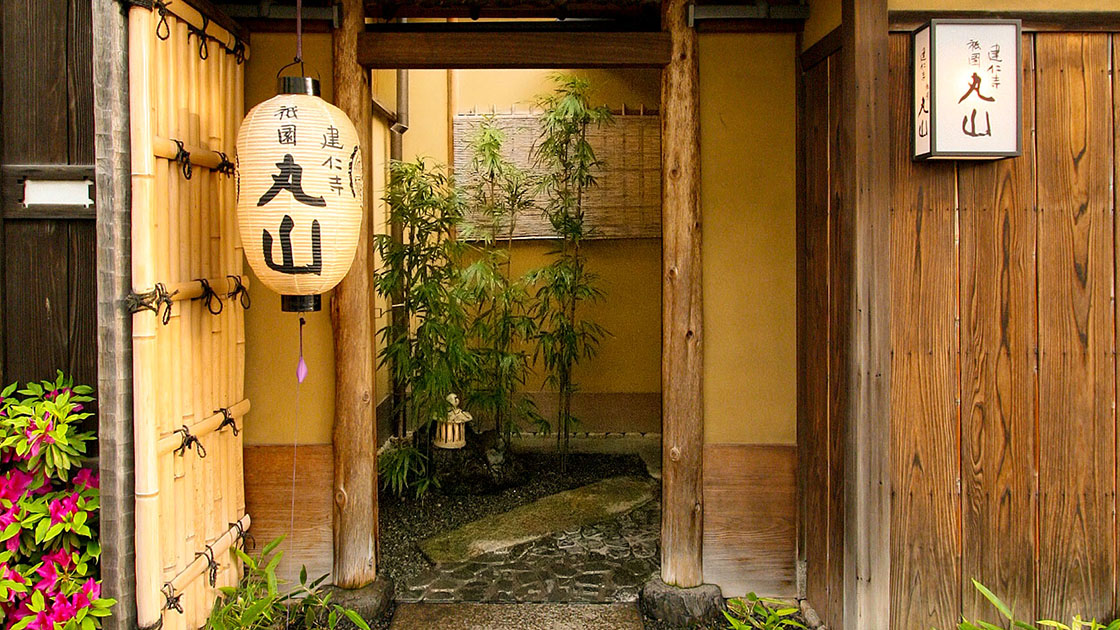
This emphasis on “flavor, not seasoning” is exemplified at Gion Maruyama, a kaiseki restaurant established in 1988 under the auspices of Kyoto native Chef Yoshio Maruyama. Known for exquisite preparation of seasonal ingredients and careful attention to the needs of each guest, MICHELIN inspectors note a “devotion to Kyoto cuisine that reverberates in all senses” at Gion Maruyama. From the water sprinkled on the path — a gesture of welcome — to the arrangement of the flowers and the choice of tableware, every aspect of the graceful décor and service speaks to the spirit of the tea ceremony.
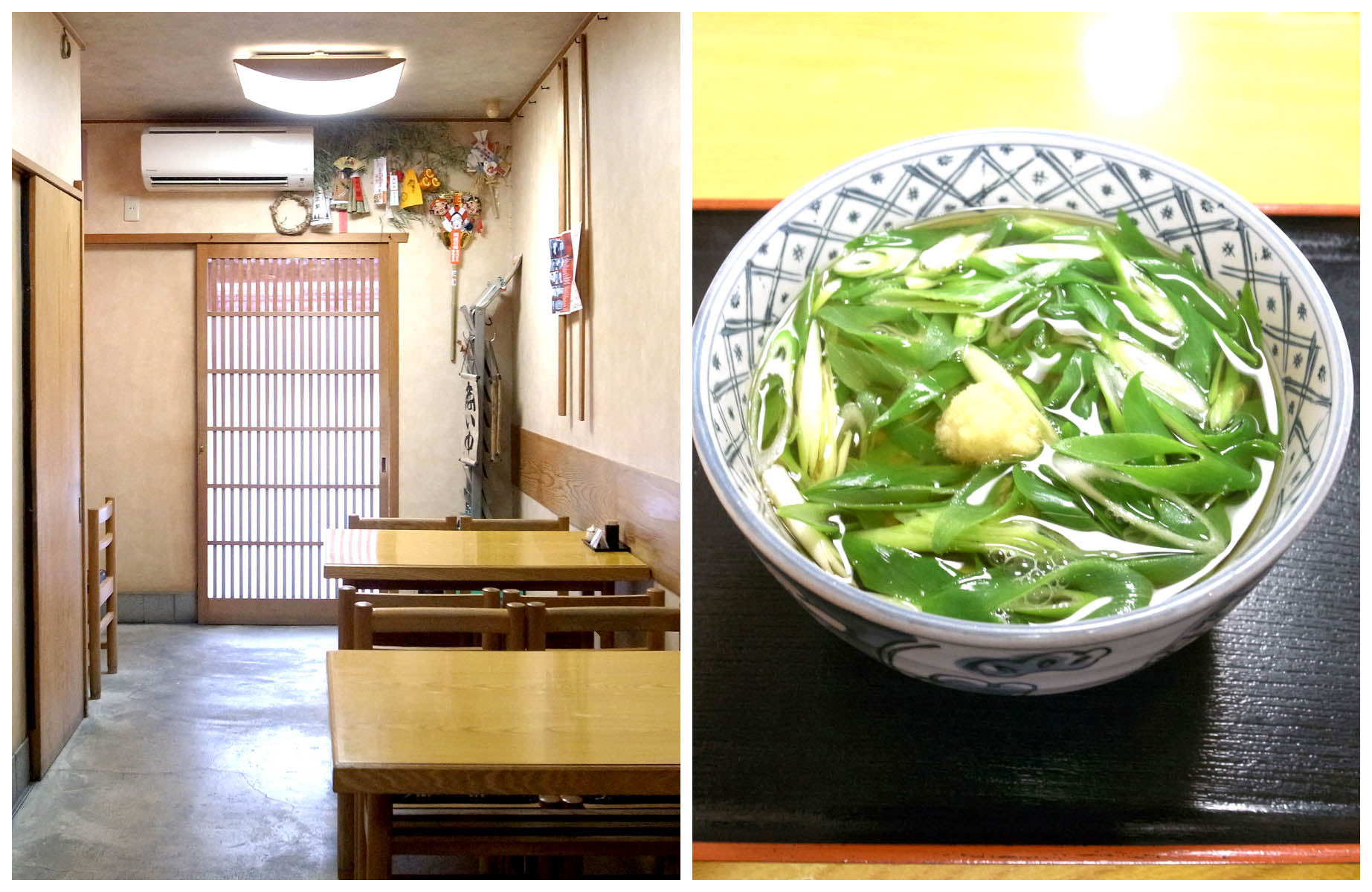
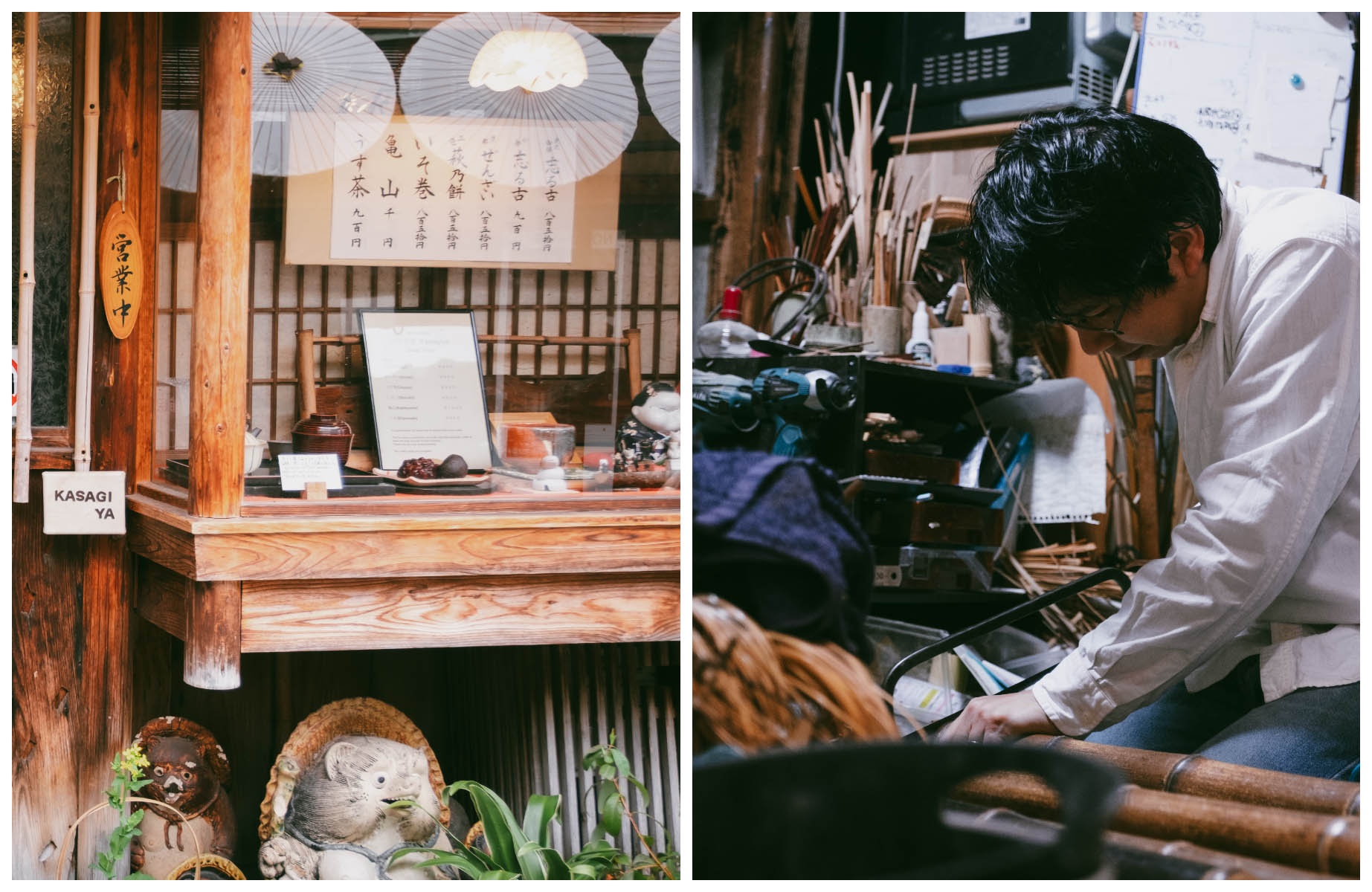
For a taste of traditional Japanese confectionery, head to Kasagiya, an atmospheric sweets shop near the top of Sannenzaka slope near Kiyomizu-dera. Kasagiya has been in business for more than a century and stepping inside feels like a journey back in time. Their specialty sweets are hagi, made from fluffy sticky mochi rice covered with various toppings such as sweet red bean paste or black sesame. Another popular dish to try is the Kyoto zenzai (sweet red bean soup). Whatever you choose, all the dishes pair beautifully with a cup of green tea.
“Gion is one of Kyoto’s most iconic sightseeing areas, but our family has lived here for generations, working to preserve the traditional streetscape,” says Kasagiya proprietor Kiyoko Kitagawa. “Shrines and temples are just a short walk away and you can feel the essence of Kyoto here by simply strolling around.” She also suggests keeping an eye out for special viewings that allow access to gardens or facilities that are not usually open to the public.
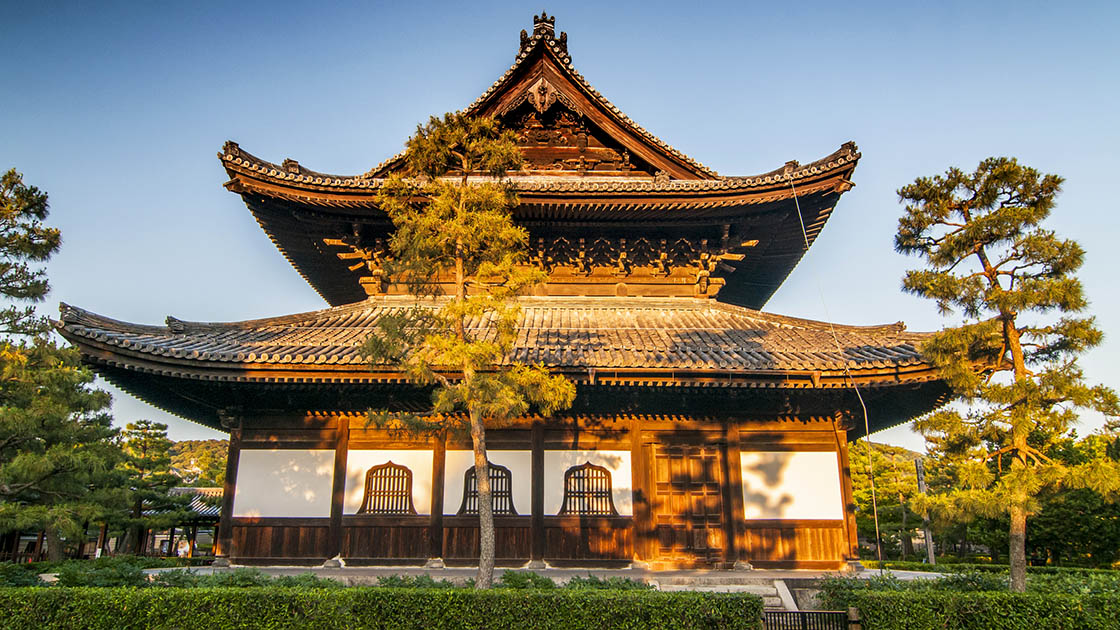
Where to Play
The popular vermilion Yasaka Shrine (sometimes called Gion Shrine) connects the Gion and Higashiyama districts. With over 1,350 years of history, it is also known for hosting the dynamic Gion Matsuri festival every summer. In contrast, Kennin-ji Temple is generally much more peaceful. As Kyoto's oldest Zen temple, it is well worth visiting for its evocative artwork and serene gardens.
To learn more about geisha culture, visit the new Gion Kagai Art Museum in the Gion Kobu quarter, which offers deeper insights through exhibits on geiko and maiko costumes and traditions, along with daily performances and a chance to have your photo taken with them. Nearby is Gion Corner, featuring a rare chance to experience seven traditional Japanese performing arts on a single stage. The lineup includes Kyomai dance by a geiko or maiko, tea ceremony, koto music, flower arrangement, bugaku dance, kyogen comedy and — depending on the season — a scene from either bunraku puppetry or noh. It’s ideal for those interested in an integrated introduction to Japan’s time-honored arts. And if your trip coincides with the two main annual geisha festivals of Gion, look out for the Miyako Odori in April (Gion Kaburenjo Theater) and the Gion Odori in early November (Gion Kaikan Hall).
Perhaps one of the best ways to experience Gion and Higashiyama is simply to wander along the stone-paved streets and soak in the atmosphere. Motoi Matsumoto runs Matsumoto Takezaiku, a bamboo craft shop that has stood near Kiyomizu-dera for over a century. The shop sells traditional tools for ikebana and tea ceremony, along with souvenirs, and is part of the enduring presence of craftsmanship in this historic area.
Motoi suggests taking a step away from the road most traveled, into the side streets and allies that invite further exploration. “Visiting some of those hidden spots can make your sightseeing experience more interesting.” You may even find that these quiet moments hold the most lasting impressions of Gion.
Hero Image: Maruyama Park - © Colin Wee/The MICHELIN Guide
